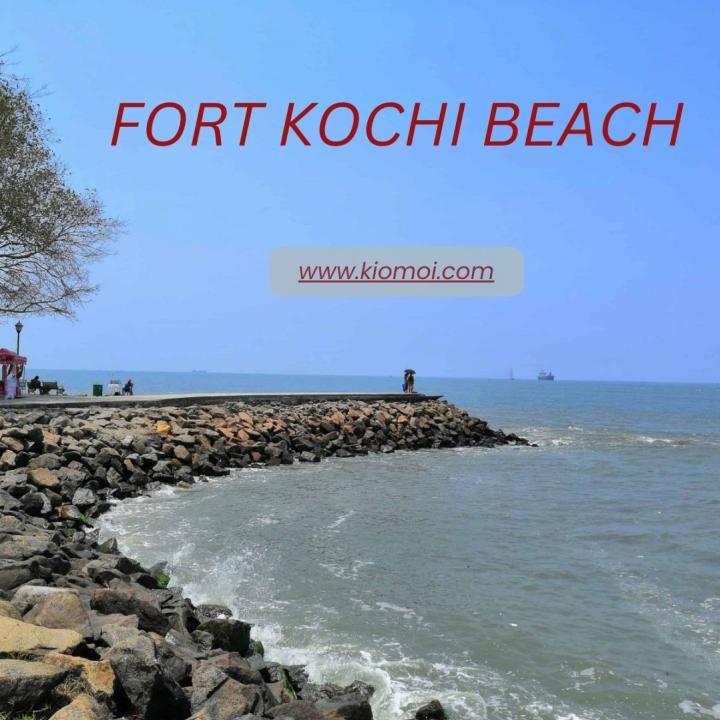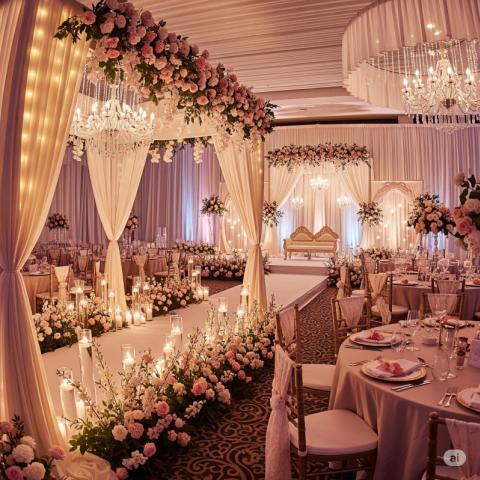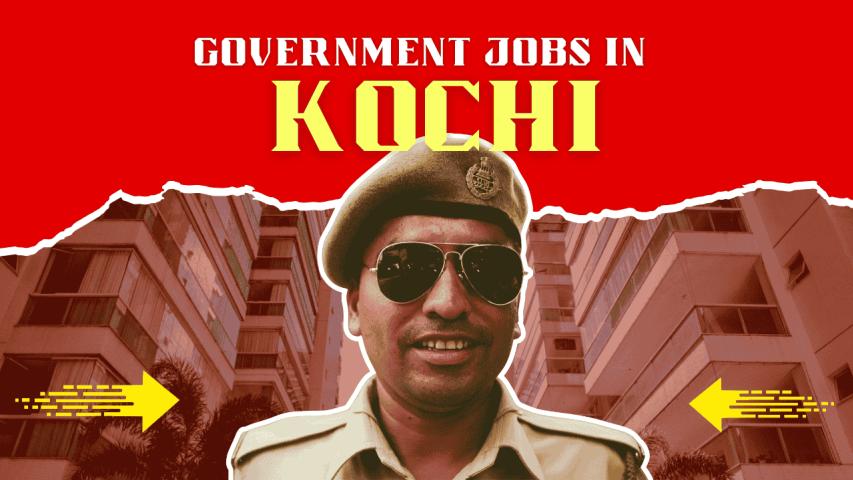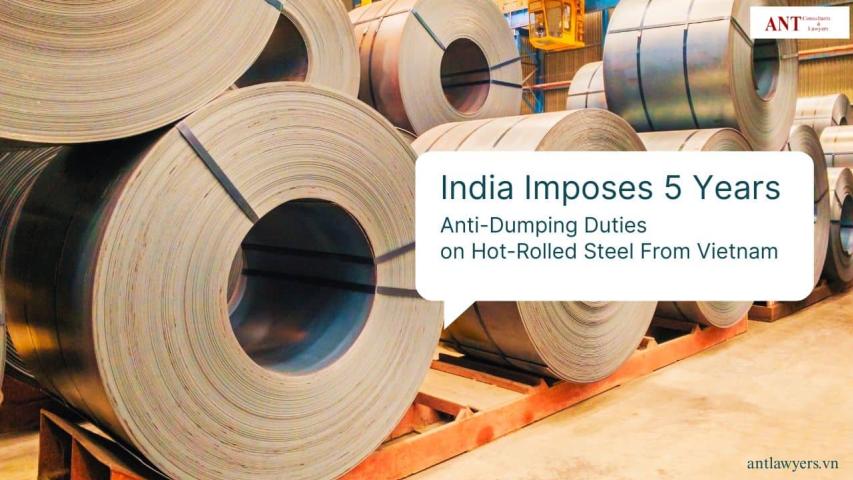Located at the heart of Kochi in Kerala, Fort Kochi is historic and culturally significant. This small town on the western coast of India has hints of colonial architecture, vibrant history, and serene coastal beauty. One of the most culturally dense places in Kerala, it is, in fact, a melting pot of all cultures - ranging from the Portuguese to the Dutch and British. This heritage site has rich history, beautiful architecture, and stunningly beautiful natural scenery and is a must-see destination for travelers who wish to carve out a slice of Kerala's storied past.
1. Fort Kochi: A Heritage Legacy
Fort Kochi Kochi Kerala or the "Old Kochi" is one of the most prominent heritage destinations that have earned immense fame for their rich historical background. This place holds numerous historical significance because it used to be a strategic area for invading powers from different colonies. The Portuguese came to Kerala in 1503 and, in order to protect their interests, constructed a fort and named it "Fort Emmanuel." Later, the Dutch and then the British took over. Each country, in turn, left their marks in terms of architecture and culture on Fort Kochi.
The town has colonial buildings, cobbled streets, and relaxed coastal vibes. What is so captivating about Fort Kochi is the transport that goes on within this time warp as glimpses flash before its visitors' eyes a bygone era of the trading fortunes of spice merchants, explorers, and colonial rulers who shaped the fortunes of this coastal town.
2. Jew Town Fort Kochi: This Cultural Haven
Perhaps the most fascinating part of Fort Kochi is this neighborhood called Jew Town-an epitome of multiculturalism. Centuries ago, it was established by Jewish traders who came to exchange goods, but now, it is famous for antique shops and spice markets. And then there's the iconic Paradesi Synagogue, one of the oldest active synagogues in the Commonwealth.
The buildings that run along the narrow streets of Jew Town indeed tell testimony to both the cultures - such that even visitors can see all sorts of quirky antique shops selling from antique furniture to rare artifacts. The history of Jews in Kochi is not just limited to Jew Town, though, but reflects to different parts of the city with its rich trade history bringing Jews, Arabs, Chinese and Europeans to this port city.
It will feel like being in a time-warp area where, in a manner of speaking, past and present are so etched that there seems to be an involuntary blurring of lines. History lovers and enthusiasts of heritage and culture will love this place.
3. Fort Kochi Veli Ground: A Cultural and Social Space
Veli Ground is another very popular attraction at Fort Kochi, which is a large open space just near the seashore. It hosts many cultural and public functions. Some of its events include the biennale- Kochi-Muziris Biennale that is an international exhibition of contemporary art from all over the world. It has a balance of being a public space for the number of cultural activities it accommodates as well as the recreation site for those who visit here. All the huge crowds who throng there came to witness the varied performances here, the art installations, and the festivals.
Special in the cultural life of Fort Kochi is Veli Ground, which more often than not turns into a meeting place for traditional and modern celebrations alike. Events like the Biennale highlight the role of the town as an international center of culture but, at the same time, belong closely to the realm of artistic traditions of Kerala.
4. Fort Kochi Weather: A Coastal Climate
The rest of the state of Kerala shares the same type of tropical monsoon weather as Fort Kochi. Thus, the primary characteristics of the climate are to be marked with warm temperatures, which are usually subdued by the refreshing sea breeze for most parts of the year, but two main seasons: the dry weather, which lasts from October to March, and the wet season, from April to September.
Summer (March to May): The warm and humid summer seasons in Fort Kochi range from 25°C to 35°C. Although the afternoons are hot, the mornings and evenings breathe in a cool breeze from the Arabian Sea.
June to September is the Monsoon. Heavy rainfall occurs in the areas during the monsoons, a quintessential characteristic of the tropics. Torrential rains can be quite dramatic and yet they make Fort Kochi look lush and green. It's a photographer's season too, capturing the scenic beauty of rainwashed streets and buildings.
Winter (October to February): Winters are mild here and perfect for travel. Temperatures vary from 20 to 32 degrees Celsius. The pleasant weather makes it a perfect destination for active games like strolling along the beach, visits to historical sites, and relishing the vibrant street life of Fort Kochi.
Fort Kochi's weather, though it tends to be moderate, is not predictable at certain times of the monsoon season. It will require visiting between June and September pretty much with umbrellas or raincoats, but somehow, this season can be a very picturesque and romantic look for those who love the rain.
5. Rediscovering Fort Kochi's Landmark Attractions
Fort Kochi is a treasure trove of attractions, each carrying rich historical and cultural significance. Some of the must-visit places in Fort Kochi are
Chinese Fishing Nets: The most iconic symbol of Fort Kochi might be the giant fishing nets, introduced by Chinese traders in the 14th century and still in use today, thus forming a living connection with the maritime history of Kochi. Many people visit the waterfront to watch the nets at work, mostly at sunrise and sunset when one would love to have a view like this.
St. Francis Church: This is one of the oldest European churches in India, erected by the Portuguese in 1503. The fame of this church lies in the fact that it was the first resting place of the dead body of Vasco da Gama, the renowned explorer in the sea route to India. Even though his body was taken back to Portugal, the tradition left behind by him is still alive in this church.
Mattancherry Palace or Dutch Palace: It is located near Mattancherry. This palace was constructed by the Portuguese and was handed over to Raja of Kochi in 1555. The Dutch later renovated this one and hence came to be known as Dutch Palace. Some quite famous Kerala murals exist at the palace, depicting scenes from the Ramayana and the Mahabharata as well as from the Puranas.
Fort Kochi Beach. It is a serene stretch of sand within the outlook of Arabian Sea. There is nothing better than just taking an evening stroll along the beach or observing the very talked about Kochi sunset. The remnants of old fort walls and Vasco da Gama Square lie close to the beach and is one of the popular local hangouts among the tourists.
6. Food and Local Cuisine
Food and local cuisine: Fort Kochi will certainly treat you with the best cultural and culinary diversity. The towns are known to collide Kerala spices with European and Middle Eastern flavors and Chinese ones. Fresh seafood at beachside cafes, traditional Kerala dishes appam and stew, and much more mouth-watering dishes can be tasted and experienced at Fort Kochi.
For something distinctly different, one of the many homestays or heritage hotels in Fort Kochi must be tried. These facilitate a deeper understanding of the local culture and hospitality. Most homestays have converted colonial buildings and will allow you to stay within history but enjoy modern luxuries .
7. Fort Kochi: Destination for every Traveler
Fort Kochi stands out as a place of history, artistic charm, and stunning coastal scenery-to cater to all tastes of travelers, whatever the choice may be: it's history, arts, or a sea-perched getaway from life.
Fort Kochi is an experience, making it one of the most unique destinations in Kerala: the seamless blending of old-world charm with modern artistic expression. Here, visitors will find its cobbled streets, heritage buildings, and cultural diversity as well as the warmth of its people, which makes it a must-visit destination for anyone who is touring Kochi or Kerala.
Fort Kochi is not just a place but an experience, which lingers long after one's visit.















